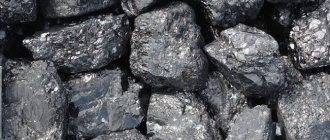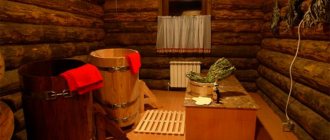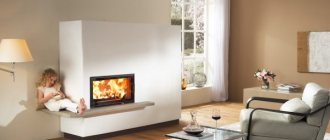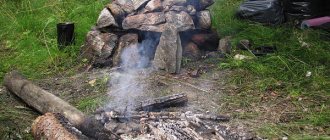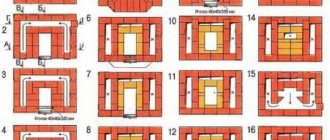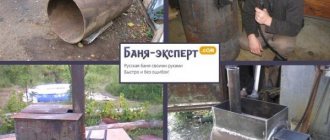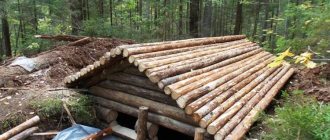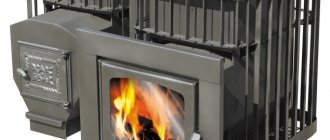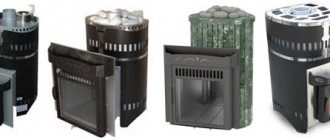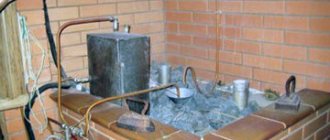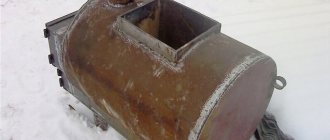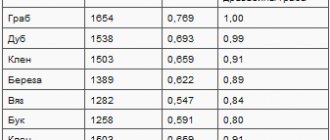123
In ancient times, most stoves were fired with wood and coal. Although several centuries have passed, heaters using solid fuel types of combustible materials have not lost their relevance. However, the efficiency of heating the room and the safety of residents depend on the method of kindling and the selected material. If you follow the basic rules, you can ensure constant heating of the stove and save a lot, since coal is much more profitable than using firewood.
Burning fuel
Types of fuel
The material for kindling stoves is of plant origin. Depending on the composition of the fuel, it has different consistency, combustion temperature, and heat release. Depending on the design of the stove, the home owner must purchase suitable coal. Stove manufacturers indicate the recommended type of coal for kindling, so that the buyer uses the device as efficiently as possible and does not cause damage to the structure due to ignorance.
Coals consist of carbon and ash elements - these impurities cannot be destroyed during combustion, and after combustion they remain on the surface in the form of ash. The concentration of components in coal depends on the area in which the fuel was mined. The ratio of the components determines whether the fuel is of high quality and for which stove it can be used. Based on their composition, age and properties, kindling rocks can be divided into several groups.
Coal
The most common coal fuel. This is a hard rock of black (sometimes dark gray) color; when burned, it releases heat well and leaves less ash than “young” coals. The formation of fuel occurs under deep layers of soil as a result of the influence of high pressure and temperature over centuries. It contains a large amount of carbon, due to which it releases a lot of heat when kindled, but requires a high temperature to start ignition.
Anthracite
The most “ancient” coal used by man for his own purposes. It has a high density and a distinct black color. The pieces of fuel sparkle slightly. The carbon content in anthracite is up to 97%. This ensures long burning and release of large amounts of heat. Excellent for heating in the home.
Lignite
The rock contains a large amount of sulfur. The “youngest” coal, whose composition is close to brown. Lignite is a very soft coal, contains a lot (up to 45%) of moisture, and has a loose and free-flowing consistency. This makes it possible to effectively use the rock in the operation of power plants.
Brown coal
It has a brown tint due to compounds in the composition. The density of brown coal is significantly reduced if it is stored in air - the material loses its flammability, turning into ash. Suitable for use on the farm if storage conditions are met. Can be used as fuel for boilers. This kindling material ignites at a relatively low temperature.
The optimal fuel is indicated by the stove manufacturer in the list of recommendations. Compared to regular firewood, charcoal requires a higher temperature to burn. Therefore, heating rooms with coal requires a thick-walled stove that can withstand the intense heat generated by the rock.
How to light hookah coals without a stove?
If you learn and know how to light coals for narghile without using stoves, you can easily take a hookah to a picnic or fishing.
Electric coals for hookah
Electric coals for nargile are an innovation that has appeared on the hookah products market. This device consists of a heating component and a power module that operates from the electrical network.
Using this accessory, you can avoid coconut coals.
Self-igniting coal
Self-igniting charcoal is gaining popularity due to the speed at which it heats up.
It is made in the form of tablets or plates, and not like the usual square one. When laying the product on a fire-resistant surface, it should be set on fire and blown through. This is necessary for complete ignition and for all chemical components to burn out and evaporate.
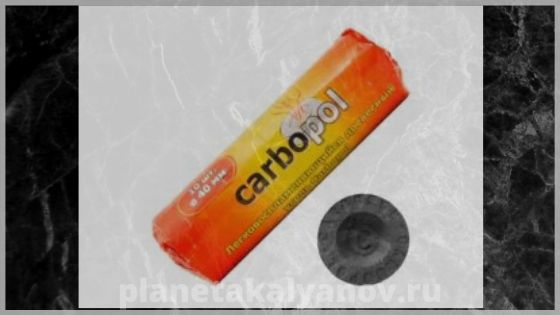
Stoves designed for heating with coal
Coal combustion in industry is accompanied by temperatures of up to 2000 °C; in the home, the walls of the furnace must withstand heat of up to 1000 °C. Stoves with low heat resistance will be damaged by the combustion of coal; in addition, the use of coal in them creates a fire hazard.
A potbelly stove is best suited for lighting coal. It is made of heat-resistant material that can withstand high flames for a long time. You can heat such a stove with wood and coal without fear of fire or breakdowns.
Brick stoves are partially suitable for heating with rock. Design plays a decisive role. Heating is acceptable if the structure contains a thick steel frame to resist heat. Metal walls should not be less than 0.5 cm. Fireclay brick furnaces are also well suited for coal fuel. This material perfectly resists the effects of heat, unlike ordinary bricks, which become brittle, deformed and destroyed when exposed to burning coals.
A brick stove fired with coal must have a cast iron grate. This is a mandatory design element, along with an additional hood installed specifically to facilitate heating with coal. The grille is placed 2 rows lower than usual. To prevent heat loss, the ash pan and grate must have the same dimensions.
A sauna stove can be heated with coal if its walls are at least 40 mm.
Using coal in an unsuitable or defective stove can lead to smoke in the room. A common reason is that the chimney is combined with another stove without the use of a divider. For a single structure, one of the following problems can cause smoke:
- The furnace masonry is partially collapsed or damaged.
- The structure or part thereof has been exposed to extreme cold.
- The oven ducts are clogged.
Coal is absolutely not suitable for lighting a Russian stove. This is due to the design - the stove is built with the expectation of using firewood, which produces less heat. It cannot withstand the heat that coals create during combustion.
The Dutch oven also does not tolerate coal fuel. After several kindlings at such temperatures, the structure undergoes deformation. The parts of the Dutch oven become unusable, and the chimney immediately becomes clogged.
In some furnaces for safe heating with coal, a pair of water boilers are installed to prevent excessive temperature exposure to the walls.
Firebox of sauna stoves
The differences in the operation of wood-burning sauna stoves are that they are heated periodically and at maximum settings. Both metal and brick long-burning stoves must operate exclusively on wood; no coals are allowed. Ignition and heating are carried out in the same way as in the case of heating stoves. Then large logs are placed in the firebox in order to efficiently heat the steam room for an hour to an hour and a half.
When the steam room is heated, during bathing procedures it is customary to place small logs, which will quickly light up and immediately provide warmth; there is no point in putting large firewood. You need to be careful here, as an ember can shoot out of the open opening and cause burns to you.
Features of kindling and preparation
For safe and fruitful charcoal lighting, there are some simple rules to remember. Before ignition, accumulated ash remaining from the last time is removed from the stove and from the grate. Such cleaning is carried out at least once a year, at the start of the heating season. In the absence of a procedure, soot and combustion products will accumulate on the walls, which will interfere with high-quality heating. A dirty stove requires more heating material and produces less heat. A dirty grate makes it difficult to burn by not allowing enough air to flow through.
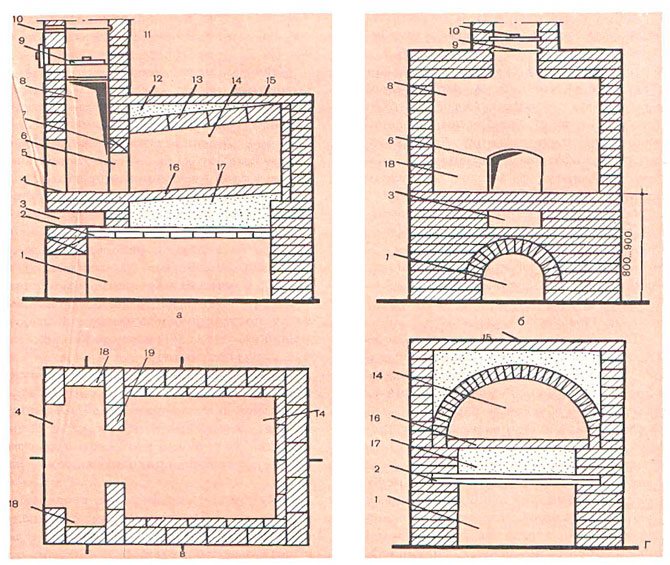
Winter kindling after a long break is fraught with difficulties. It is much more difficult to achieve high-quality ignition in a cooled stove in the cold outside than in a warm one. During severe cold weather, you can treat the inside of the structure with a hair dryer before starting heating. In winter conditions, it is recommended to take four-hour breaks between kindlings.
Regardless of the time of year, the following preventive measures are carried out before starting heating:
- Inspection and testing of coal fuel. High-quality coal has a dense consistency and does not crumble when squeezed. The fuel mass may contain coal dust. It burns first; To prevent the room from filling with a burning smell, it is recommended to sift the fuel before ignition.
- The furnace masonry is inspected for cracks. They provoke the penetration of smoke and combustion products into the rooms, creating a risk of destruction of the stove structure. If found, damage is repaired with a sand-clay mixture.
- The attic pipe and the part above the roof surface must be covered with whitewash. Before heating begins, bare areas are whitewashed. It is recommended to clean the pipe 2 times a month.
To prevent overheating, kindling is carried out several times a day with breaks. You cannot start heating if damage is found on the stove until the problem is fixed.
Smoking on unhot coals
Quite often, beginners do not finish the job, but start heating tobacco on the floor in cold “coconuts”.
This is not critical, but the evening of “smoke” can be ruined. While smoking you may experience the following:
- the smokiness of the hookah is not so dense;
- headache appears;
- tobacco poorly conveys a deep taste, as it will mix with carbon monoxide;
- the mix will soon burn out as there will be a lot of heat.
It's better to spend a few minutes and get the coals hot. It is in this phase that the tobacco will warm up perfectly, release the entire spectrum of aroma, and the hookah itself will bring you true pleasure.
Heating recommendations
Even a heating device designed exclusively for coal is fired using paper and a layer of wood. Coal is added only when the temperature in the firebox reaches a level sufficient for burning the rock. The first layer of coal material should be at least 6 cm. If the optimal size of the layer has not yet been determined by the owner of the stove, it is worth starting with this volume and increasing it to 15 cm if necessary, when the fuel burns well.
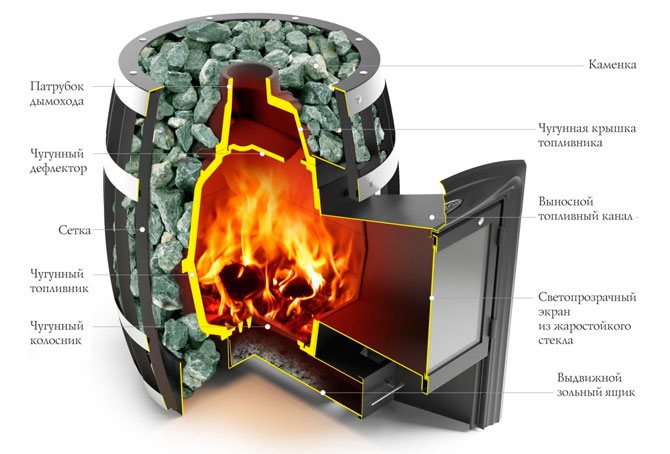
For heating boilers adapted for coal, the ideal shaft design includes vertical walls and a grate. The firebox is located at a sufficient height to ensure safe operation and the combustion process is not disturbed. During kindling, the coal is placed on the grate, with the valve slightly opened until the rock begins to burn well (then you can open it to maximum).
Dry fuel is best suited for kindling. Filling the stove with wet material is acceptable, but then the amount of soot on the walls will increase, and cleaning the grate and walls will be required earlier. The fuel, which is supplied after the first portion, is added only when the material poured in earlier has ignited efficiently. Before supplying coal, always close the ashpit - this is a safety requirement first and foremost.
How is coal heating carried out?
To ensure safe and controlled combustion of fuel, it is recommended that proper ignition be taken care of. Do not use flammable liquids such as automotive fuel. During heating, do not leave the stove unattended and keep pets and small children away from it.
The furnace is heated according to the following algorithm:
- The bottom of the firebox is covered with a layer of paper. You can use crumpled newspapers. Small dry chips are placed on top, and medium-sized firewood is laid on them. To speed up their ignition, they can be folded into a “well” shape. There should be gaps between the firewood for air circulation. Newspapers are lit with matches.
- The oven door is closed, opening the vent to allow air to enter. The more open the vent is, the more intense oxygen flows in, which intensifies combustion.
- When the wood is well burned, the ash pit must be closed in order to safely open the oven door. Small pieces of coal are placed on top of the hot coals from the wood layer for heating in a layer of 15 cm. When this layer flares up, add a second, larger portion of fuel. It can be up to 60 cm in height.
- While the fuel is burning, it is recommended to stir it slightly with a poker to enrich it with oxygen and stimulate combustion.
You cannot open the door to the firebox when combustion is taking place behind it. Opening is only permissible to add fuel. The coals do not need to be stirred often for stimulation; they burn well without this procedure.
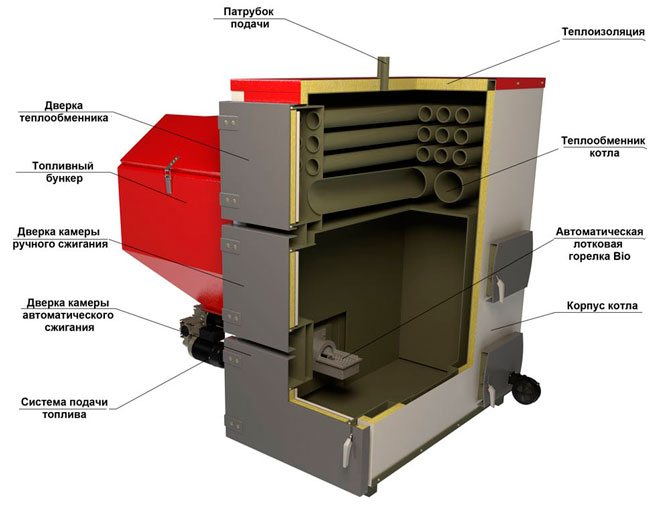
When heating premises with coal, first of all, the home owner must remember safety and observe all the important nuances of the ignition and combustion process. Compared to firewood, coal has a high combustion potential, provides heat to the home faster, and in some cases, less expensively. The main thing is to make sure that the stove is suitable for this heating method and not to risk your property and health by trying to save time when igniting.
How to light hookah coals?
In order for the hookah to be aromatic, with a lot of dense smoke, it is necessary to prepare it correctly. The subtleties lie not only in the choice of a tasty and good mixture of tobacco, proper filling of the chilim, the volume of water in the flask, but also in the choice of coals for the hookah. Some of the subtleties of preparing smoky coals were discussed earlier, but we’ll talk about how to properly light hookah coals below.
On an electric stove
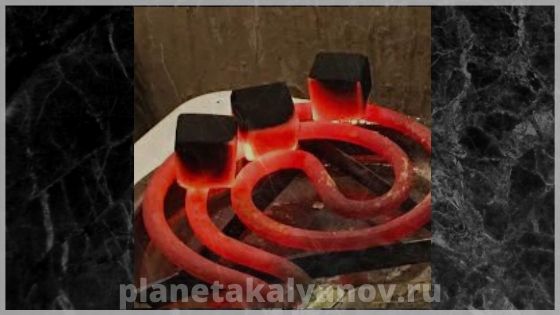
An electric stove is a device intentionally designed to ignite coals for narghile.
On an electric stove it is really possible to light coals correctly: they heat up evenly.
Despite the fact that you will have to spend money to purchase this device, the smoker receives several advantages (you can control the heating temperature and not be afraid of the formation of stains).
A more affordable option for a hookah maker would be to purchase a single-burner stove (disc or spiral). The device is well suited for lighting coals.
On an induction hob
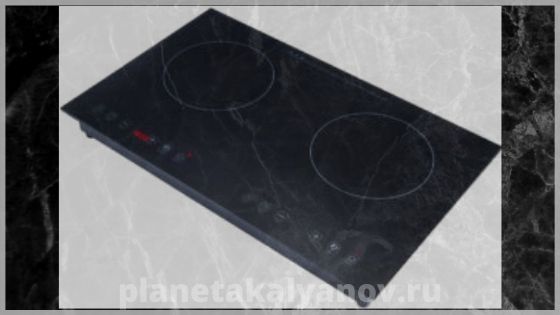
It is better not to light coals on an induction cooker. So it can be easily spoiled. When a hot product comes into contact with the surface of the stove, cracks may form.
Interesting read: Siberian tobacco Sarma
On a ceramic plate
It is possible to heat charcoal on a ceramic-coated stove, but it is important to understand that the result will be stains. And it is impossible to get rid of them.
To light the coals on a special surface, it is preferable to use some kind of stand. For example, an unnecessary frying pan that you don’t mind ruining.
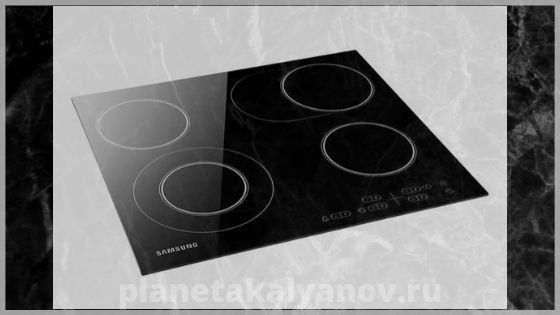
In the oven
You can light shishi coals using the oven. It is enough to cover the baking sheet with foil, and only then put them out. Preheat the oven to 150-180 degrees. The heat depends on the size of the coals.
When heating in this way, they do not need to be turned over. They will warm up equally and 5-10 minutes will be enough to fully warm up.
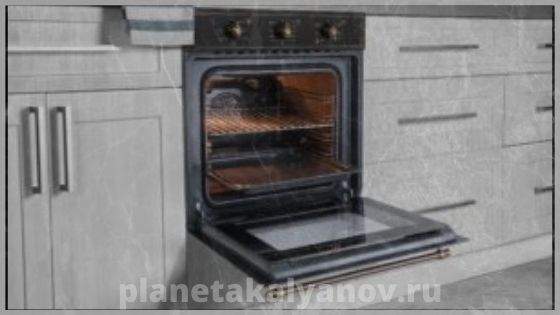
In the microwave
Another option is to use a microwave oven.
Important: this method is considered an extreme option.
And it’s only suitable when there are no other options. Otherwise, the coals may damage the surface of the microwave.
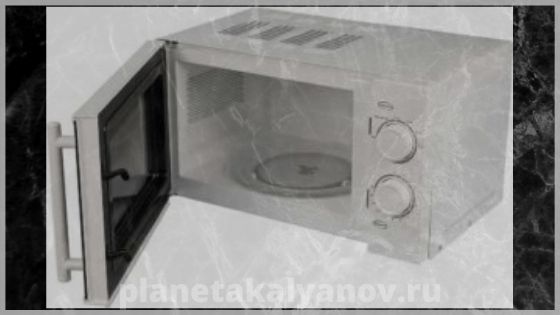
You should heat the coals in the oven only after placing them in a heat-resistant vessel.
By setting the microwave to minimum power for no more than 10 seconds, you need to control the process. Embers may ignite. The result of this method may be insufficient heating of the coal. In this situation, it should be placed in the oven again for 5 seconds. This will be enough to prepare the coal for comfortable smoky smoking.
On the street
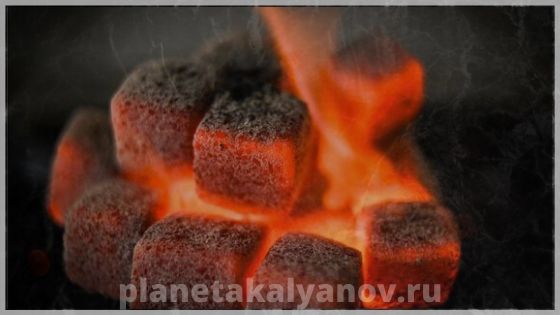
You can enjoy smoking nargile not only in a closed room. This is also possible in nature. The only limitation is the lack of electricity, which makes the procedure for lighting the coals a little non-standard.
A number of ways that you can use outdoors:
- buy a gas burner. The average price of such a device varies from 400-1500 Russian rubles. An additional purchase must be a gas cylinder, the cost of which does not exceed 120 rubles. With daily use of the device, it will last for 10-14 days;
- If you don’t have a burner, you can start lighting it manually. This option can add a third-party taste and shisha smell. You will need barbecue lighter fluid, various branches and paper. Initially, you should spread the coals on a fire-resistant surface, lay paper and branches on top, and then pour liquid over it all. By adding the ignition mixture to the fire and blowing on the coals, we speed up the process;
- the last available option is a fire. Once the fire is lit, you should place coals in it. Wait until they turn red and transfer them to the chilim.
Important: coals should be moved using tongs.
